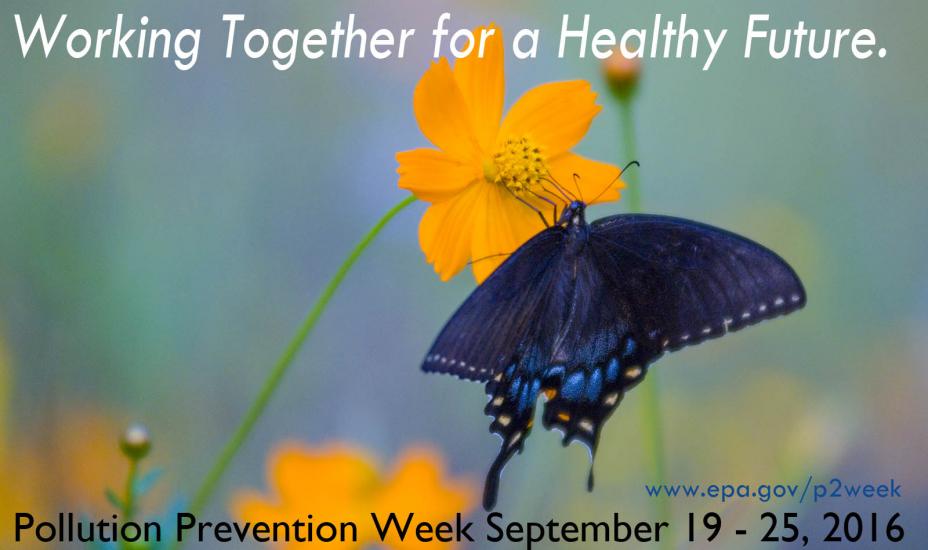July 27, 2016, 8 am-5 pm
Ralph H. Metcalfe Federal Building, Lake Huron Room
77 W. Jackson Blvd., Chicago, IL 60604
Cost: $125 (Lunch on your own)
Register at http://go.illinois.edu/P2andLeanWorkshop
Questions? Contact Laura Barnes
This workshop will help you improve the efficiency of your organization by identifying ways to limit pollutants and apply lean principles within an environmental management system.
Lean operating principles help your company improve the bottom line, reduce your regulatory burdens, and increase the overall efficiency of your organization.
Food manufacturers achieve significant savings when they put pollution prevention into practice.
- Cargill, a major US meat manufacturer, reduced 7,800,000 pounds of methane gas and reduced natural gas by 20-35% by investing in an automated biogas capture system, which saved them $750,000 dollars.
- Archer Daniels Midland Company (ADM) used a P2 approach to save over $69,000 in reducing air emissions while generating over $250,000 per year by re-using boiler ash as a raw material used for cement, concrete blocks, and other products.
- Anheuser-Busch installed a multi-stage residuals evaporator which reduced the amount of BOD loadings to the sewer by nearly 23,000 pounds annually saving them $1,500,000.
Although this workshop is targeted at food manufacturers, attendees from other industrial sectors are welcome.
Who should attend?
- Facility managers
- Environmental & safety managers & directors
- Environmental health & safety (EHS) personnel
- Environmental specialists, planners, and coordinators
- Environmental engineers
- Environmental project & program managers
- Anyone responsible for environmental activities in your organization
Workshop Facilitator
Thomas Vinson, Zero Waste Network
Thomas Vinson has worked for over two decades in the environmental field where he has become known for finding the connection between good business practices, and environmental quality management.
Thomas works closely with a national network of pollution prevention and lean specialists and the EPA to find ways that businesses can save money by reducing waste. Over the past two years, he has worked on projects that have helped companies identify ways to save over 1.5 million dollars, while reducing nearly 7 million tons of waste, three million gallons of water use, and over a million kWh of electricity use.




